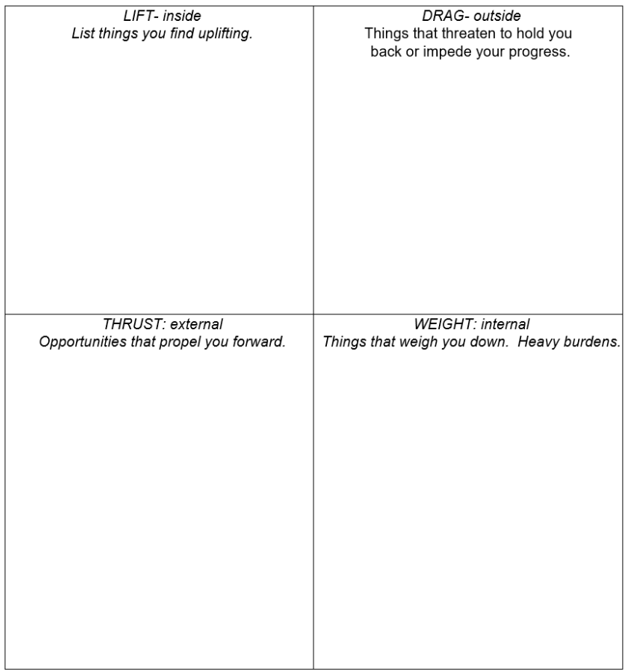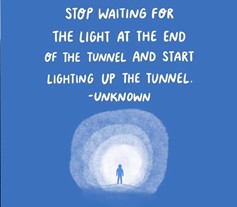The Innkeeper’s Wisdom
 A second look at the first Christmas
A second look at the first Christmas
For many people this most wonderful time of year may not feel so wonderful. You may be struggling with a personal challenge or just be in a funk at the state of the world in general. I hope this little poem , pinned 17 years ago, will be an encouragement for you to step outside your worry for just a moment and consider the miracle of Christ’s grace and mercy in every situation. To be open to the possibility that God’s common purpose for each of us is to know the miracle of an uncommon peace.
“The weary couple at the close of day
hoped this crowded Inn was their place to stay.
Compelled by the expectant couple’s plight,
the innkeeper hoped to find them a room that night.
He ushered them into his hectic hall
When he heard God’s voice so still and small,
“Don’t birth my son in the ruckus place
Of noise and drink and want disgrace.
Is this a place to begin a life
that will change the world of dark to light.
So, the keeper of the inn did say,
“There is no room for you to stay.”
And he turned the worn-out couple away.
Stepping outside his lodging place,
He whispered to the groom in haste
“There is a place where you can stay –
out back- in my livestock stable hay.
Though not as warm as sleeping here,
it is distant from this dwelling of leer.”
“This is no place to birth a king
whose life will make the angels sing
Of love and joy and grace to all –
Don’t start His life in this reckless mall.”
Stark words he spoke, were not his own.
Where had his compassion gone?
This kind innkeeper had been used
to protect God’s son by his refuse.
The groom in livid anger said,
“I’ll take my bride to this unkempt bed
to birth a child alone this day.
But you, dear sir, will be known for all days
as he who turned the King away.
In great dismay by what he heard
The innkeeper left without word.
That night a savior child was born
in the silence of a manger forlorn
With sheep and mules and cattle there
to gaze upon the baby fair
The groom looked at his bride and child
in this quiet place of peace and mild.
He understood the inn keeper’s will.
That put them in a place so still
so, they could hear the angels’ thrill
and see the star above the hill.
If they were in the noisy inn
the angels’ song could have never been
heard above the party crowd,
the star obscured by a smoky cloud.
Now they both knew the reason why
the innkeeper had passed them by
This tiny king in their arms this night
Will never be found in the noise and blight
And bustle of a world that reeks
of a self excess – where egos peak.
Instead, He is found in a silent night
Where angels sing and stars are bright.
As you seek your Christmas this year
Look not in the hustle and bustle so near.
Consider the innkeeper’s faithful ear
To God’s whispered voice,
which always speaks,
but seldom shouts or competes
with all the glitter, glitz, and haste.
Find Christmas this year in a common place.”
By Michael Alan Tate (original 2004)
Journal Entry: Where will you find your Christmas miracle of peace this year?
Facebook
Twitter
LinkedIn
Email



 Almost 75 percent of employees in the United States, and close to a third in the Asia–Pacific region, reported symptoms of burnout. All nations reported rising levels of pandemic fatigue. Worldwide – organization wide – employees are tired. McKinsey Quarterly Report January 2021
Almost 75 percent of employees in the United States, and close to a third in the Asia–Pacific region, reported symptoms of burnout. All nations reported rising levels of pandemic fatigue. Worldwide – organization wide – employees are tired. McKinsey Quarterly Report January 2021
 I have helped a few non-profit organizations develop plans over the years. The ones that minister to homeless people, Gospel Rescue Missions, have been my favorites for over a decade. In December 2020, I was asked to write an article about strategic planning for a national association of these missions, who rescue people to recover from addictions to find a new life in Christ. Over time, I adapted my traditional planning approach to fit the needs of these purpose-driven places, which deal with more uncertainties, struggle with more complex “friendly” competitors, and have fewer resources than any real business out there.
I have helped a few non-profit organizations develop plans over the years. The ones that minister to homeless people, Gospel Rescue Missions, have been my favorites for over a decade. In December 2020, I was asked to write an article about strategic planning for a national association of these missions, who rescue people to recover from addictions to find a new life in Christ. Over time, I adapted my traditional planning approach to fit the needs of these purpose-driven places, which deal with more uncertainties, struggle with more complex “friendly” competitors, and have fewer resources than any real business out there. With a past life filled with fear, depression and loneliness, the Grinch sat with his dog in a cave for years and years – a victim of circumstances. He believed there was no light at the end of his tunnel. Then one day he had a vision and decided to take a bold action, a horribly mean action, to get back at those who he believed had destroyed his life. In the dark of night, he stole all the Christmas gifts, gadgets and groceries in Whoville and piled them in his cave. Then that next morning, the Grinch stood on his mountaintop in defiant expectation of hearing sobs of “Christmas lost” from the village below. Instead he heard songs of “Christmas found.”
With a past life filled with fear, depression and loneliness, the Grinch sat with his dog in a cave for years and years – a victim of circumstances. He believed there was no light at the end of his tunnel. Then one day he had a vision and decided to take a bold action, a horribly mean action, to get back at those who he believed had destroyed his life. In the dark of night, he stole all the Christmas gifts, gadgets and groceries in Whoville and piled them in his cave. Then that next morning, the Grinch stood on his mountaintop in defiant expectation of hearing sobs of “Christmas lost” from the village below. Instead he heard songs of “Christmas found.” 
